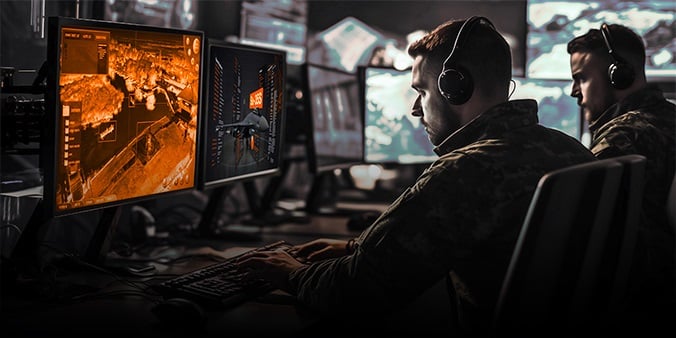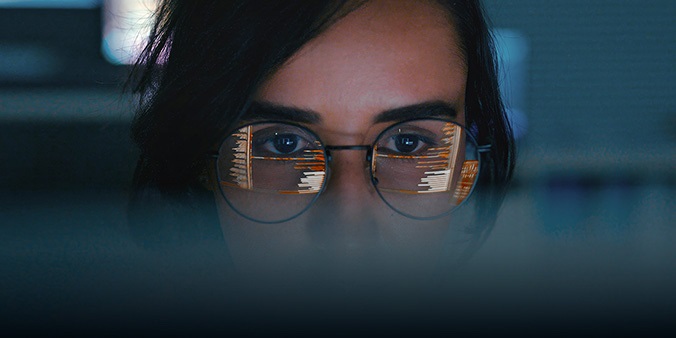
Graphic showing the new French Army infantry battalion structure, which should be in place in all units by 2027. (Giles Ebbutt)
The French Army has developed a new infantry battalion model in order to enhance its dismounted capability, introducing not only new equipment and technology but also a new task organisation, and is in the process of implementing it.
The restructure is a separate, though linked, process to the SCORPION (Synergie du Contact Renforcé par la Polyvalence et l'Infovalorisation) modernisation programme, which is focused on combined-arms battlegroups.
Speaking at SAE Media's Future Soldier Technology Conference in London in March, Colonel Jacques Bouffard, director, Studies and Foresight of the French Army Draguignan Infantry School, said the new structure was designed to cope with the demands of modern warfare and to incorporate lessons from the war in Ukraine. The main objective is to strengthen combat support (CS) capacity at all levels across the battalion, he said.
Col Bouffard explained that there are three types of infantry battalions in the French Army: heavy, equipped with the Véhicule Blindé de Combat d'Infanterie (VBCI); medium, with the new Griffon multirole armoured vehicle (Véhicule Blindé Multi-Rôle: VBMR); and light (airborne and mountain), with the new Serval VBMR-Light.
Each battalion has about 1,000 personnel, now organised into four combat companies, a CS company, and a command and service support (CSS) company. There are around 150 vehicles (60 combat and 90 service support) in each battalion.
The combat company is organised into five platoons: one command, three combat, and one CS. The main principle underpinning the restructuring at this level is to increase the density and distribution of anti-tank (AT) capability.
Anti-armour
Looking to read the full article?
Gain unlimited access to Janes news and more...







